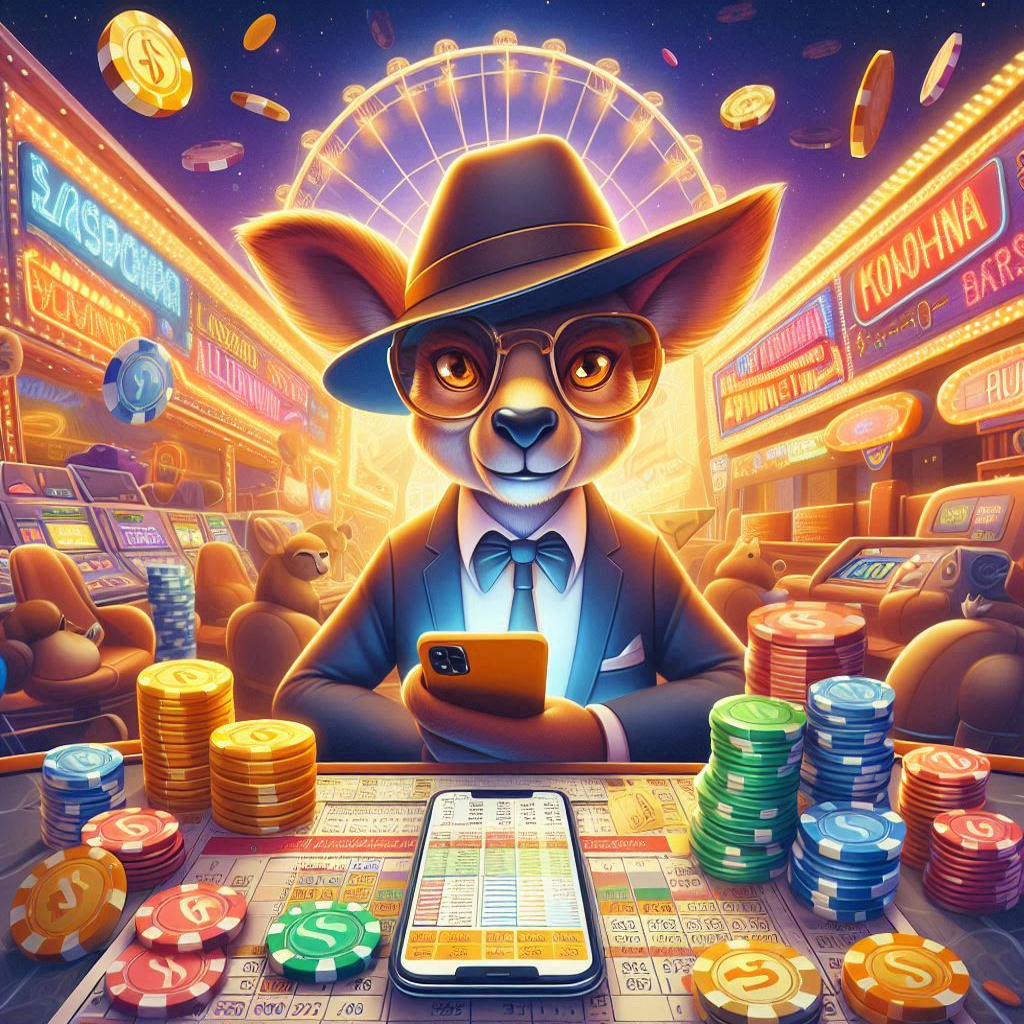Free-to-Play (F2P) games have become super popular in the world of esports competitions. These games are free to download and play, which makes them very attractive to players of all ages. Unlike traditional games that people have to buy, F2P games let anyone join in without spending money. This way, more and more people can try their hand at esports.
One main reason for the popularity of F2P games in esports is the large community. Because they are free, a lot of players can join games and compete against each other. This leads to more exciting tournaments and matches. Games like Dota 2 and Fortnite show how F2P games can attract millions of fans and players.
Another important point is the way that F2P games are designed. They often have cool graphics, fun gameplay, and regular updates that keep players interested. Many F2P games also offer in-game purchases, which means players can buy new skins or items if they want, but it’s not required to have fun or to win.
In conclusion, the rise of F2P games in esports is changing the way we think about gaming competitions. By making games accessible to everyone, they are opening up the world of esports to a much larger audience.
Glossary:
1. Free-to-Play (F2P) – Games that can be played without any cost.
2. Esports – Competitive video gaming where players or teams compete against each other.
3. Community – A group of players who play together and share interests in a game.
4. In-game purchases – Items or accessories that players can buy within a game.
The Popularity of Free-to-Play Games in Esports Competitions
Free-to-play (F2P) games have gained immense popularity in recent years, especially in the realm of esports competitions. These games allow players to participate without paying for the initial game, making them accessible to a broader audience. In this piece, we will explore the reasons behind this popularity, the challenges it brings, and various solutions to enhance the esports ecosystem.
Understanding Free-to-Play Games
Free-to-play games are video games that can be downloaded and played without any upfront purchase. They often utilize microtransactions, which are small payments for in-game items, features, or upgrades. Popular examples include titles like Fortnite, League of Legends, and Valorant.
Key Terms
- Microtransactions: Small payments made by players to purchase virtual goods or enhancements in a game.
- Esports: Competitive video gaming where players or teams compete in various game formats, often in tournaments.
- Player Base: The total number of active players in a game.
Reasons for Popularity
- Accessibility: F2P games attract a larger player base since anyone can download and start playing without financial barriers.
- Community Engagement: These games often have vibrant online communities that encourage competition and collaboration, leading to a richer gaming experience.
- Regular Updates: F2P games typically receive frequent updates and new content, keeping the gameplay fresh and exciting for players.
As noted by a gaming expert: “The rise of esports is directly related to the accessibility of free-to-play games, which allow anyone to compete, irrespective of their financial background.”
Challenges Faced by Free-to-Play Games in Esports
Despite their popularity, F2P games in esports face several challenges:
- Pay-to-Win Dynamics: Some games may allow players to gain unfair advantages through microtransactions, creating frustration among players who do not wish to spend money.
- Player Retention: With so many F2P options available, keeping players engaged over time can be difficult.
- Monetization Strategies: Developers often struggle to find a balance between monetizing their game and maintaining a fair competitive environment.
As highlighted by a gaming journalist: “While F2P games offer accessibility, they risk alienating dedicated players by implementing pay-to-win mechanics.”
Potential Solutions
To tackle the issues associated with F2P games in esports, several solutions can be considered:
- Balanced Monetization: Developers should focus on cosmetic items or non-gameplay impacting purchases to ensure a fair competition.
- Regular Engagement: Game developers can keep the community engaged through seasonal events, tournaments, and challenges that reward participation.
- Transparent Communication: Establishing clear communication with the player base about updates, changes, and monetization practices can help build trust.
In summary, the popularity of free-to-play games in esports competitions is attributed to their accessibility and community engagement. However, developers must be mindful of the challenges that arise from monetization practices and player retention strategies. By implementing fair policies and engaging the community, they can continue to thrive in the esports landscape.
Number of Players in Popular F2P Games
| Fortnite | 80 |
| League of Legends | 115 |
| Valorant | 14 |
As F2P games continue to dominate the esports scene, it is crucial for developers, players, and organizers to address challenges and work together towards a more fair and competitive environment.
What are free-to-play games?
Free-to-play games are video games that can be downloaded and played without any initial purchase. They often generate revenue through in-game purchases, advertisements, or premium content. This model has become increasingly popular in the gaming industry, particularly in esports.
Why are free-to-play games popular in esports competitions?
Free-to-play games are accessible to a wide audience, allowing more players to participate in esports. Since they eliminate the barrier of entry costs, they can attract a larger player base, making competitions more diverse and inclusive. Additionally, the potential for monetization through in-game purchases can lead to significant prize pools for competitive events.
What are some examples of popular free-to-play games in esports?
Some well-known free-to-play games in esports include titles like ‘League of Legends’, ‘Dota 2’, ‘Fortnite’, and ‘Valorant’. These games have large competitive scenes and host various tournaments worldwide, with substantial prize money and viewer engagement.
How do free-to-play games impact the esports ecosystem?
The rise of free-to-play games has transformed the esports landscape by creating new opportunities for players and teams. They encourage a more extensive competitive environment and often provide robust support systems for emerging talents. This shift has also attracted sponsorships and partnerships, contributing to the overall growth of esports.
Are free-to-play games sustainable in the long term for esports?
Yes, free-to-play games can be sustainable in the long term, provided that they continually engage their player base through regular updates, new content, and competitive events. Successful titles often adapt and evolve to keep their community active, ensuring their relevance in the esports space.
Do free-to-play games have competitive balance issues?
While some free-to-play games may face challenges regarding competitive balance, developers frequently address these issues through patches and updates. The presence of a leveling or ranking system also helps maintain fairness in competition, allowing players to compete on a more equal footing.
How do players feel about the monetization strategies in free-to-play games?
Player opinions on monetization can vary. Many players appreciate the opportunity to access quality games for free, but some express concerns about pay-to-win mechanics. Developers strive to create a balanced experience where purchases enhance but do not dominate gameplay, promoting fair competition.
What role do community events play in free-to-play esports?
Community events are crucial for free-to-play esports, allowing players to engage with the game and each other. These events often serve as a platform for new talent to showcase their skills and help foster a sense of community, which is vital for the longevity and success of the game.



